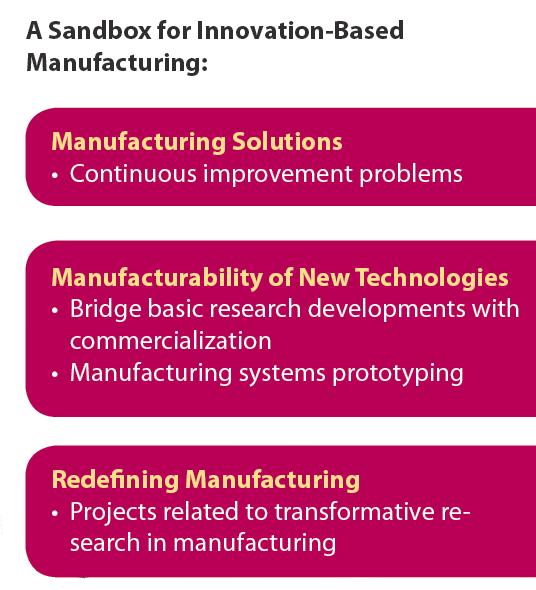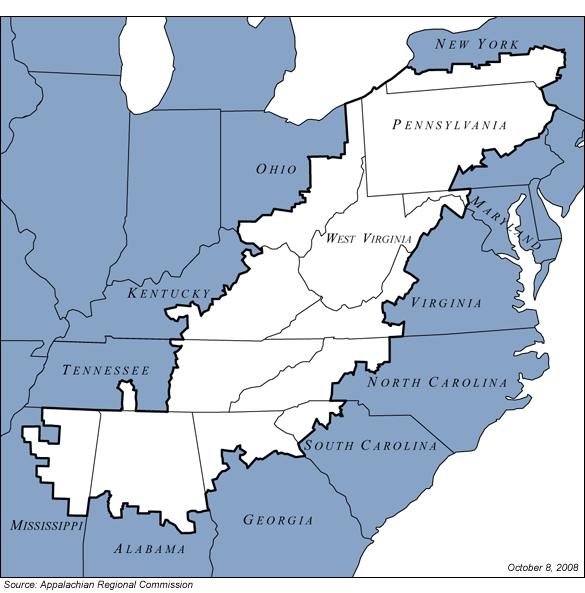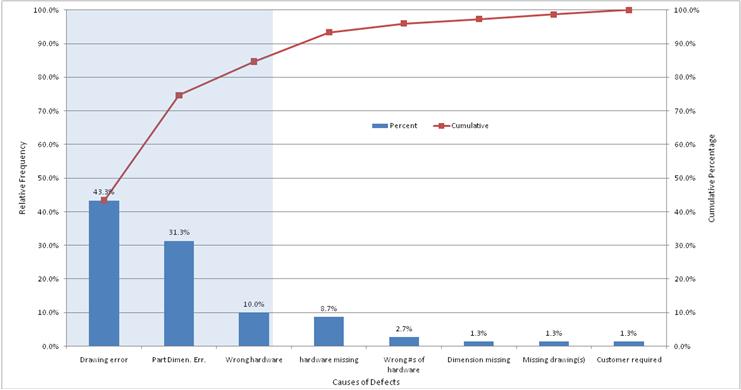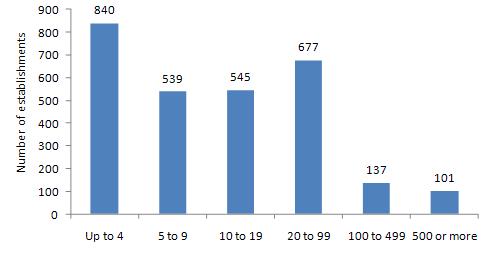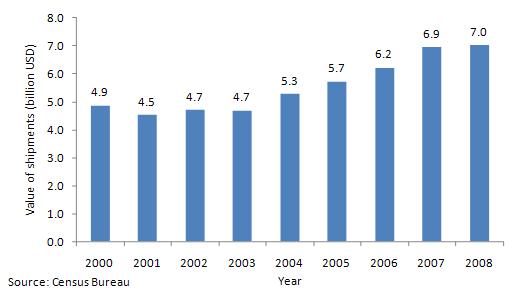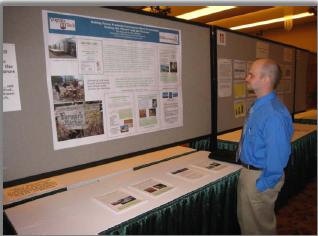Presented by the Institute of Critical Technologies and Applied Science (ICTAS) at Virginia Tech
Workshop Description:
The Oslo Manual defines innovation as “is the implementation of a new or significantly improved product (good or service), or process, a new marketing method, or a new organizational method in business practices, workplace organization or external relations.” This definition makes clear that innovation is not just the creation of a new product but also the strategic improvement of internal processeses such as manufacturing. This workshop will give you an understanding of why innovation based manufacturing is critical to achieve economic development and how it can be pursued.
The morning session of the workshop will expose participants the basic concepts of innovation based manufacturing and how current developments in policy, economic development, and open innovation relate to the practice of innovation in manufacturing. The afternoon session will focus on innovation tools and how these tools can be used to developed innovative manufacturing solutions.
The workshop will also serve as the presentation of the recently established Center for Innovation Based Manufacturing (CIbM) at Virginia Tech.
Workshop Outline (subject to changes):
- Opening remarks. Dr. Jaime Camelio, Director of CIbM at Virginia Tech. 8:30 am-8:45 am
- Innovation Based Manufacturing. Dr. Roop Majahan, Director of ICTAS at VA Tech. 8:45 am-9:15 am
- Innovation Policy. Dr. Julia Lane, National Science Foundation. 9:15 am- 9:45 am
- Break. 9:45 am-10:05 am
- Innovation and Economic Development. Dr. Darrene Hackler. 10:05 am-10:45 am
- Innovation practices in Action. Dr. Antje Lembcke. Director Gas Turbine Engineering at Siemens. 10:45 am-11:20 am
- Panel discussion. Dr. Jaime Camelio, Director of CIbM at Virginia Tech. 11:20 am-12:00 pm
- Lunch. 12:00 pm-1:00 pm
- Innovation Lab, Part 1. Dr. Jose M. Vicente-Gomila. Polytechnic Institute of Valencia. 1:00 pm-2:30 pm
- Break. 2:30 pm-2:50 pm
- Innovation Lab, Part 2. Dr. Jose M. Vicente-Gomila. Polytechnic Institute of Valencia. 2:50 pm-4:00 pm
- Adjourn. Dr. Jaime Camelio. 4:00 pm-4:10 pm.
Workshop Objectives:
- Understand the basics of innovation based manufacturing
- Comprehend how innovation policy plays a key role in economic development
- Understand the impact of open innovation in manufacturing solutions
- Recognize the main aspects of embedding innovation into an organization’s structure
- Learn innovation tools to support manufacturing solutions
Who Should Attend:
- Anyone who would like to learn about the innovation process and how to use it to increase business competitiveness and achieve long term sustainability.
- Entrepreneurs, Investors, Policy Makers, Process and Products Engineers, Plant Managers, Process Improvement Managers, Marketing Managers, General Managers, and Financial Managers.
Location, Date and Registration:
- Date: November 11, 2010
- Time: 8:30 a.m. to 4:10 p.m.
- Location: The Inn at Virginia Tech, Blacksburg, VA
- Investment: $125. Includes coffee breaks, lunch and workshop materials
Registration:
- $125. Please go to http://www.cpe.vt.edu/reg/ibmw/ for online registration. If you wish to pay by check, please let us know to send you a registration form.
Further Information:
Please visit our web page at http://www.cibm.ise.vt.edu/ for more information on the CIbM. Contact Dr. Henry Quesada at quesada@vt.edu or at (540)231-0978 if you have any questions about the workshop.

